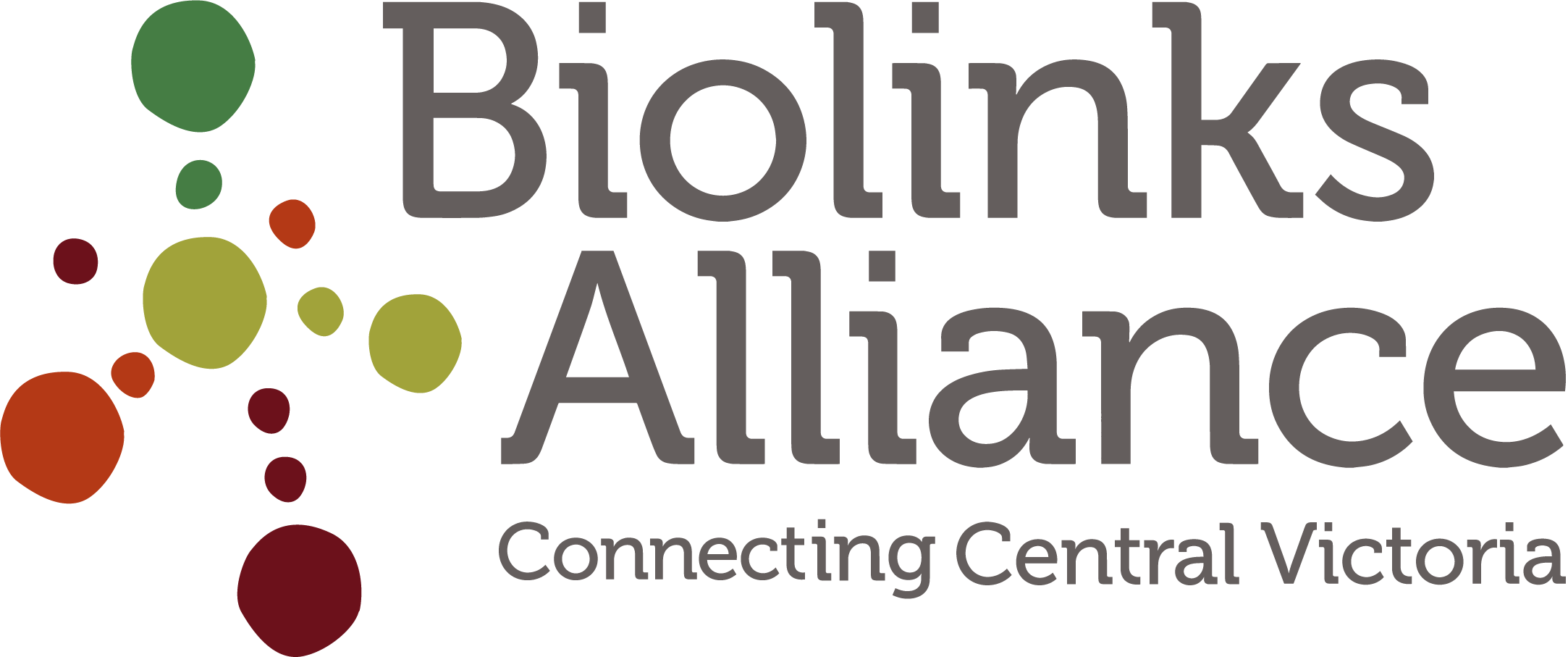Newham Landcare has produced this 5 minute video which promotes the important role of the Cobaw Biolink in enhancing the connections between Mount Macedon and the Cobaw Range on both private and public land. This video aims to engage landholders and residents and make them aware that their contribution, no matter how big or small, is environmentally vital. Protecting existing high quality native vegetation and creating connectivity in the biolink will help native plants and animals adapt to climate change. Spotlight surveys on habitat-rich roadsides round Newham found more animals present in the Cobaw Biolink than during similar surveys on Mount Macedon.
Read MoreCreated by the Australian Citizen Science Association
Read MoreCreated by Australian Citizen Science Association
Read MoreCreated by Australian Citizen Science Association
Read MoreBiolinks Alliance Ecologist Paul Foreman speaks about an exciting ecological restoration project being developed by the Alliance with the Taungurung people, Parks Victoria and the Heathcote community, the Spring Plains Watershed Repair project.
Read MoreSquirrel Gliders - Q & A with keynote speakers Associate Professor Ross Goldingay and Dr Rodney Van Der Ree
Read MoreGreater and Squirrel Gliders - Q & A with keynote speaker Professor David Lindenmayer
Read MoreGreater Gliders - Q & A with keynote speakers PhD. candidate Benjamin Wagner, Associate Professor Craig Nitschke and Dr Kara Youngentob
Read MoreOur expert panel discusses the current "State of Play" of Squirrel Gliders and asks the question "Where are we and where do we want to be in 10-20 years?" They cover issues such as the impact of fire, climate change, forest conservation, the lessons from COVID-19, farmers as "eco-friends", the individuals involved in the "extinction rebellion", the suppression of science, current political framework and government intervention, as well as reviewing key new scientific insights and finally ecosystem restoration asking - "How do we make 2020-2030 the Decade of Ecosystem restoration?"
Read MoreOur expert panel discusses the current "State of Play" of Greater Gliders and asks the question "Where are we and where do we want to be in 10-20 years?" They cover issues such as the impact of fire, climate change, forest conservation, the lessons from COVID-19, the current political framework and government intervention, as well as reviewing key new scientific insights and finally ecosystem restoration asking - "How do we fund the environmental repair work of the future?"
Read MoreHear our expert panel of speakers discuss their approach to citizen science, community engagement and data quality for the Squirrel Glider species.
Read MoreHear our expert panel of speakers discuss how to adequately design and implement surveys and monitoring for Greater Gliders.
Read MoreHear our expert panel of speakers discuss how to adequately design and implement surveys and monitoring for Squirrel Gliders
Read MoreRestoring and reconnecting remnant habitat in highly fragmented agricultural landscapes where Squirrel Gliders persist is a key action to ensure their survival. This workshop will consider best practices for restoring landscapes for these species.
Read MoreGreater Glider populations have a disjunct distribution across their range largely due to habitat loss such as clearing, logging and fires, but also resulting from historic climate change that has left some populations isolated (eg. Wombat Forest, Strathbogie Ranges, South Gippsland). Climate change is impacting remnant habitats’ ability to support glider populations.
Read MoreWhile most Greater Glider habitat is on public land, private land provides strategic habitat connections in several landscapes. This workshop considers the importance of the role of permanent protection in assisting with the survival of this species.
Read MoreGreat Eastern Ranges Glideways Program - Q & A with Gary Howling, Executive Director of the Great Eastern Ranges
Read MoreBiolinks Alliance Greater and Squirrel Glider 2020 Symposium keynote by Associate Professor Ross Goldingay
Read MoreBiolinks Alliance Greater and Squirrel Glider 2020 Symposium keynote by Rodney Van Der Ree - originally presented as part of the 2019 TreeNet conference
Read MoreBiolinks Alliance Greater and Squirrel Glider 2020 Symposium keynote by Dr Rodney Van Der Ree - originally presented as part of the 2019 TreeNet conference
Read More



















